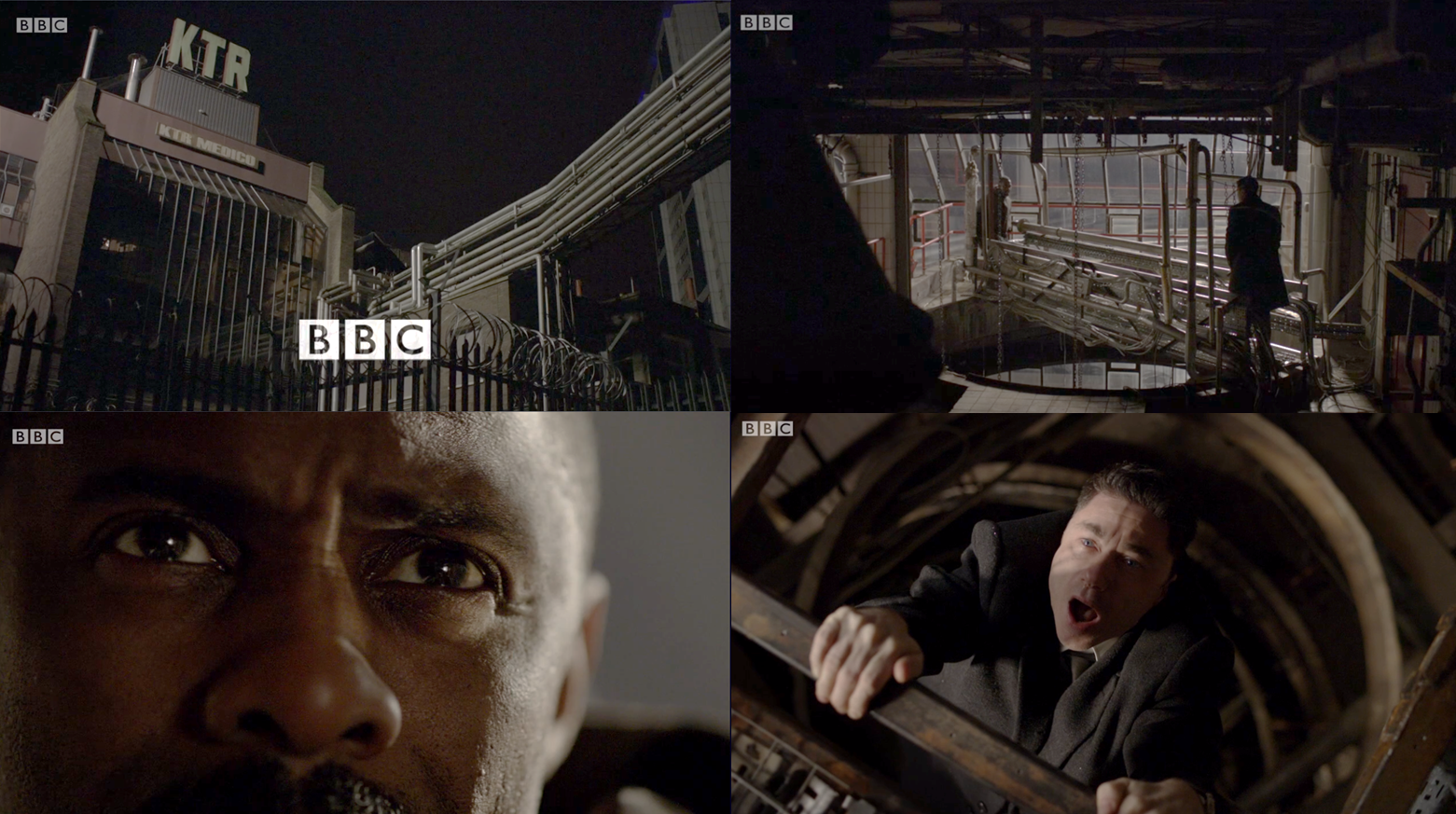This test is run by .
Note that your final mark will not be saved in the system.
Note that your final mark will not be saved in the system.
Media Language GapFill
Target Level
4-5
Running Total
0
0%
Attempt
1 of 3
You must fill all the gaps before clicking ‘Check Answers!’

Analysis of Luther: the opening scene
The first episode of Luther begins with an shot of an abandoned factory. The scene is shot at night immediately invoking a sense of . Throughout this opening section, the show's reddish brown colour scheme is established, invoking connotations of dirt, blood and corruption. During the initial chase scene, is clearly visible indicating that he is in the sights of the person pursuing him. On the other hand, Luther is initially not seen clearly. He is hidden in shadow and the focus on him is blurred establishing a sense of around his character. In terms of the meaning these creative choices convey, the audience's sense of identification is aligned with Madsen suggesting that he is the helpless victim being pursued by a merciless killer. The entire sequence is shot in low lighting with harsh shadows. This mimics the style of and gritty detective dramas immediately establishing the . The scene uses a number of obscure angles with a heavy use of including an over-the-shoulder shot of Luther, used to obscure his face from our vision. The use of camera angles also invokes a sense of danger. For example, when Madsen is hanging from the wooden plank, the angle is reversed thus showing how far off the ground he is, implying that if he falls he is likely to die. When the camera is following Luther the editing is slow-paced and comprised mainly of one-take shots. However, when the camera follows Madsen the editing is quick and sporadic. This implies that Luther is much more calm and controlled in the situation compared to Madsen. This meaning is further conveyed through the performances. Madsen is breathing heavily, constantly looking back to see his pursuer whereas Luther is marching towards Madsen rather than sprinting. He walks with a certain swagger and hops up multiple steps at a time demonstrating that this is not a new situation for him. As is typical of sequences in crime dramas, the soundtrack is produced in a way that invokes a sense of tension and urgency. This is achieved through the use of percussion, fast tempo and sudden clashing harmonies. Furthermore, long sustained string notes give the scene an ominous feel.